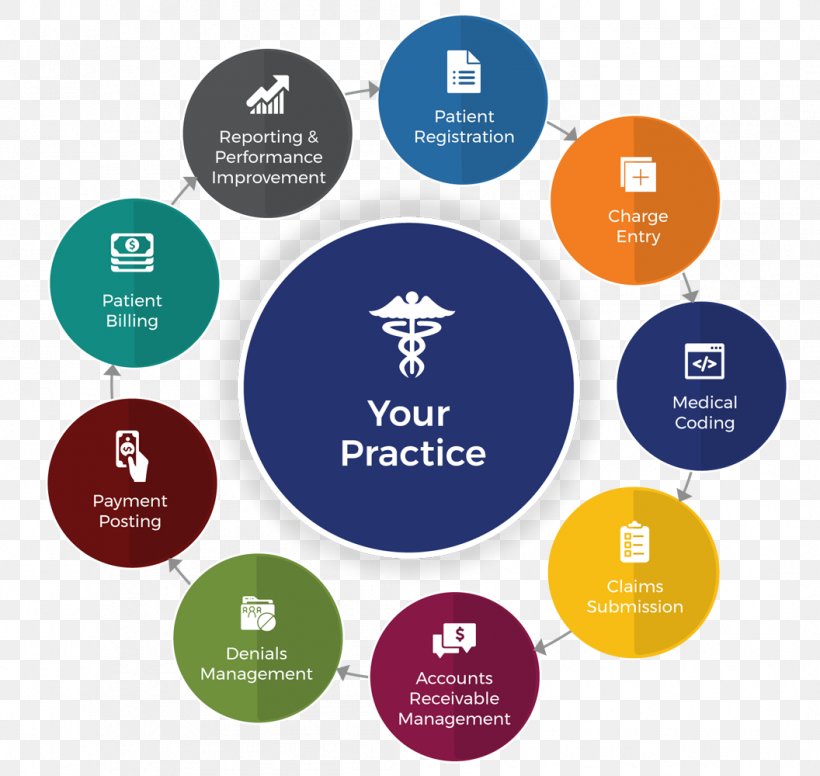[dropcap]A[/dropcap]nytime you walk into your physician’s office for treatment, the provider begins to monitor the financial obligations of the care you will receive. Medical billing software is used to help in-house medical billing staff to accomplish several tasks. Such software can confirm your insurance coverage and determine whether to send claims and generate the specific treatment short code to the health insurance provider. In the cases where co-payment applies, the remaining balance is forwarded to you.

Healthcare Revenue facility ensures accurate and efficient billing for all its clients on the path of growth. Healthcare Revenue Cycle management refers to the financial payment process for all medical bills for the entire life of a client’s account from its creation to payment. The stages of the revenue cycle include:
- Charge capture– refers to all information details recorded by a physician concerning a client. The details are transformed into a medical claim for billing.
- Coding-coding specialists apply the universal codes on the patient’s record.
- Submission of the claim-Healthcare insurer receives a claim from the facility requesting them to pay
- Communication feedback from the insurer– Payments are based on previously set rates for specific medical procedure code. Accuracy is crucial to help reduce rejected claims.
- Collection of payment-Healthcare facilities bill the client in case there’s a balance to be settled.
- The review of the medical service– Healthcare facility analyses the medical treatment data. This stage aims to find ways of minimizing expenses and maximizing profit margins. This is also done in the best interest of the patient.
Challenges Posed by Healthcare Revenue Cycle Management
The revenue cycle is fashioned to maximize and maintain resources for the healthcare provider. As payment is received from the insurer and the patient, it is crucial for the healthcare facility provider to intricately balance the interest of all the parties involved.
This cycle gets even more complicated as government regulations and insurance policies come into play. This makes it even more challenging to keep the claims free of delays and errors. The common challenges in healthcare revenue cycle management include:
1. Submission of Claims
Payment can be denied if the claim submitted has captured inaccurate client’s data, or the wrong procedure codes.
2. Collection of Payments
At times, the client must shoulder their medical bills in part while the insurer pays the rest. Patients with high-deductible health plans or those who do not have any healthcare insurance are the ones mostly affected. Consequently, such clients cannot pay up the co-payments or possible outstanding receivables.
Benefits of Revenue Cycle Management
If an efficient RCM system is put in place, healthcare facilities can maintain affordable costs and focus on giving patients the best treatment outcomes.
With an enhanced billing and coding system in place, healthcare providers can realize error-free claims and reduce past-due patient settlements. Consequently, high revenue and profits are actualized. Such a system can also bring down medical expenses through automation of billing and coding tasks.







